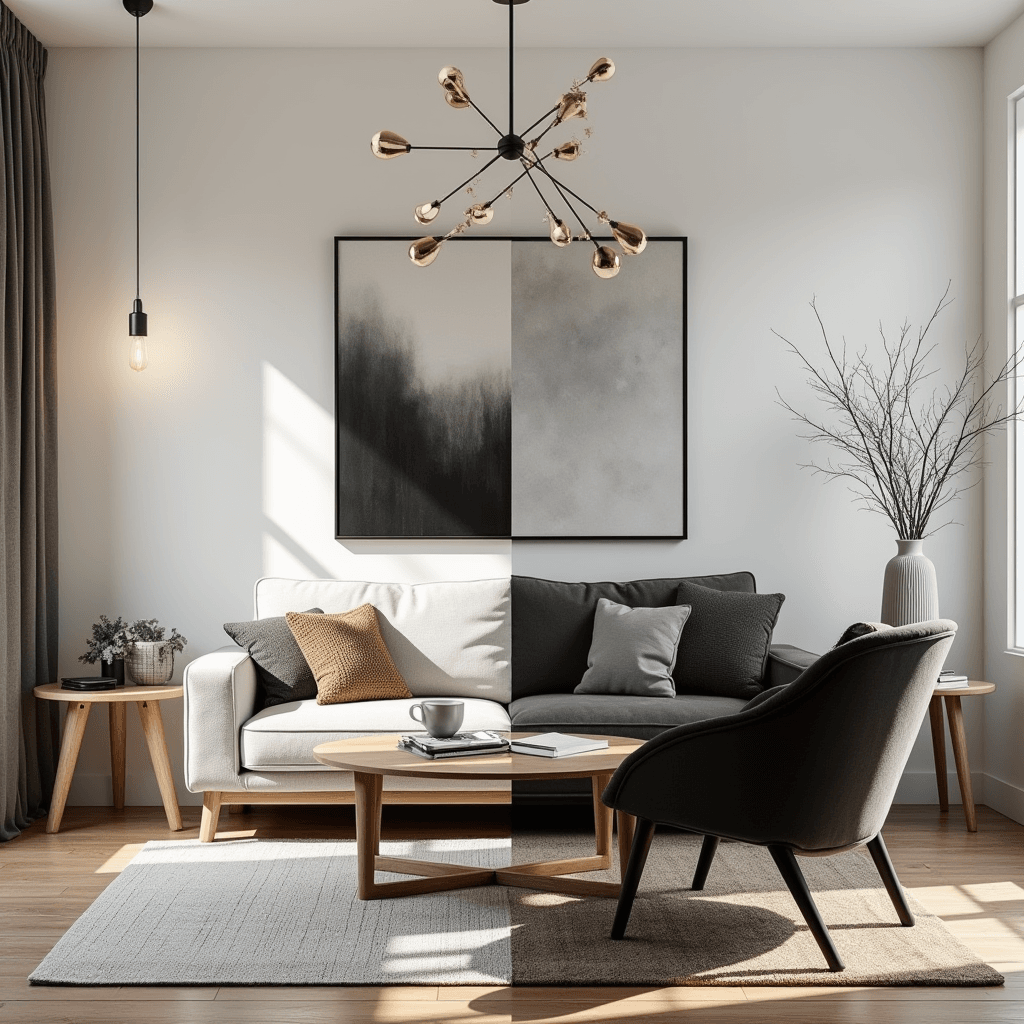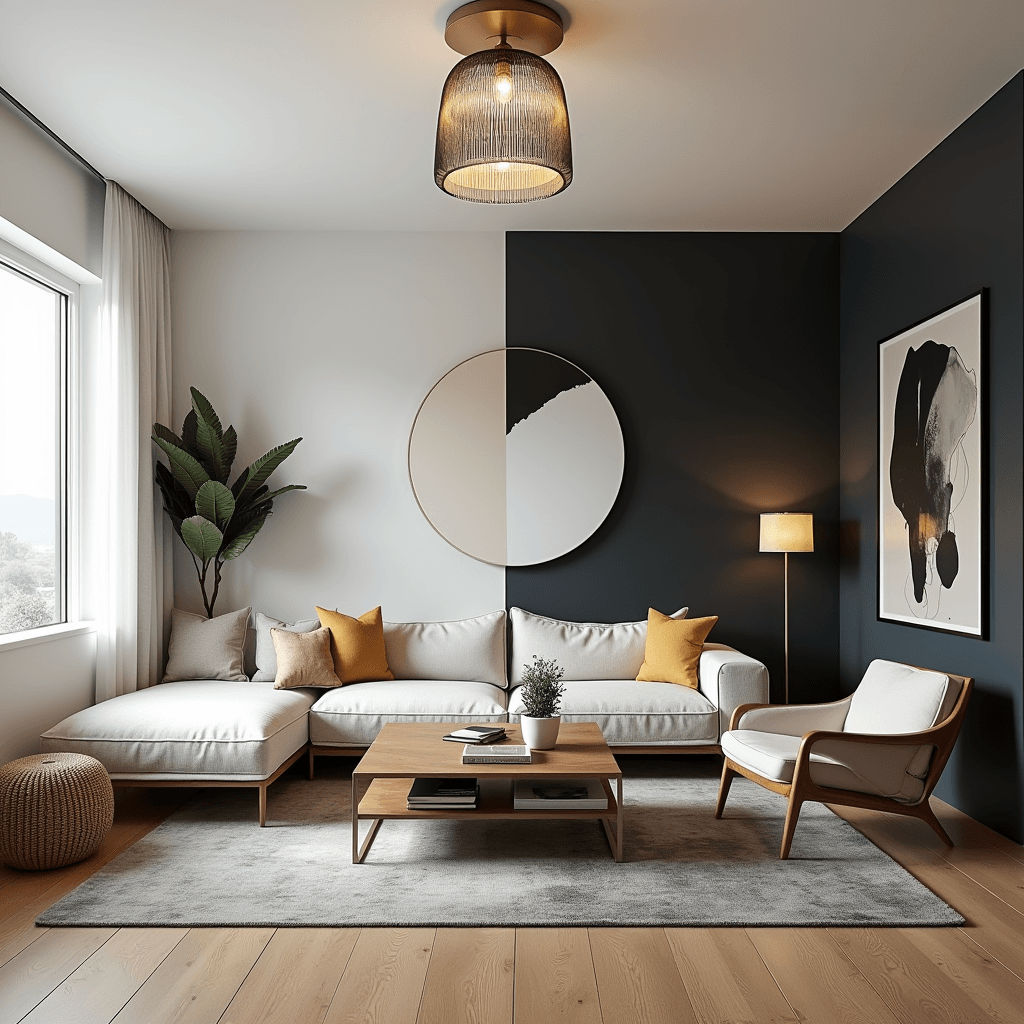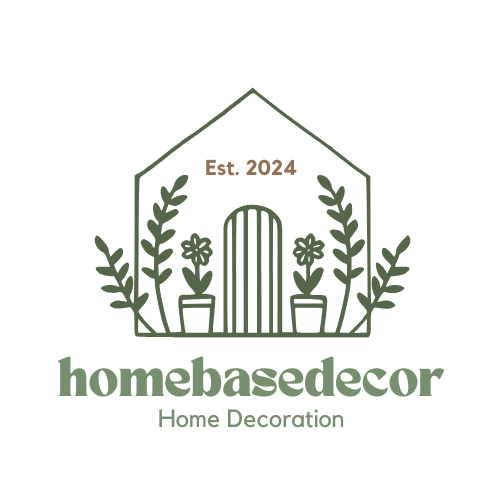Understanding Modern vs. Contemporary Design: What’s the Difference?
Welcome to the world of interior design! If you’ve recently embarked on a home decor journey or are simply looking to revamp your living space, understanding the differences between modern and contemporary design styles is crucial. These two styles often get confused, but fear not! In this article, we’ll break down the key distinctions between modern and contemporary design, helping you make an informed decision about which approach suits your home best.
Materials/Tools Required:
Before we dive into the nuances of modern and contemporary design, let’s quickly go over the basic materials and tools you’ll need for any DIY project or home decor endeavor.
For painting and decorating, you’ll need:
– Paint in your desired colors
– Brushes and rollers
– Painter’s tape
– Drop cloths or plastic sheets to protect your floors and furniture
– Sandpaper and putty for prepping walls, if necessary
For furniture arrangement and styling, you’ll need:
– Measuring tape
– Furniture sliders to easily move heavy pieces
– Decorative items such as vases, frames, and plants
– Wall hangings or artwork
– Curtains or blinds for windows

Step-by-Step Instructions:
Now that we have our materials and tools ready, let’s explore the step-by-step instructions for both modern and contemporary design.
Modern Design:
Step 1: Simplify your color palette. Modern design favors neutral colors like white, black, and gray. Introduce pops of color sparingly through accessories and artwork.
Step 2: Focus on clean lines and minimalism. Choose furniture with sleek, straight edges and avoid ornate details.
Step 3: Embrace open spaces. Modern design often incorporates open floor plans and large windows to create a sense of airiness and light.
Step 4: Incorporate natural materials. Wood, stone, and glass are commonly used in modern design to add warmth and texture.
Step 5: Use statement lighting. Opt for geometric or abstract light fixtures to make a bold statement in your space.
Contemporary Design:
Step 1: Experiment with color. Unlike modern design, contemporary design allows for a broader color palette. Play with bold colors and interesting combinations.
Step 2: Embrace curves and organic shapes. Contemporary design often features furniture with rounded edges or asymmetrical forms.
Step 3: Mix different textures. Combine materials like metal, leather, and velvet to create visual interest and depth.
Step 4: Incorporate art and bold patterns. Use abstract art or bold patterns in your decor to add personality and create a focal point.
Step 5: Balance old and new. Contemporary design often combines modern elements with vintage or antique pieces for a unique, eclectic look.

Variations/Alternative Approaches for (modern vs. contemporary design):
While modern and contemporary design have their core characteristics, there’s always room for personal interpretation and creativity. Here are a few variations and alternative approaches you can consider:
Modern with a Mid-Century Twist:
If you’re a fan of the sleek lines and simplicity of modern design, but also love the nostalgia of the mid-century era, try incorporating mid-century furniture pieces into your modern space. Think Eames chairs or a vintage-inspired bar cart.
Contemporary with Industrial Accents:
For those who lean towards a contemporary aesthetic but crave a touch of raw, industrial charm, try adding industrial elements like exposed brick walls, metal light fixtures, or reclaimed wood furniture to your contemporary space.
Common Mistakes to Avoid:
When it comes to interior design, we all make mistakes. Here are some common pitfalls to avoid:
Mistake 1: Mixing too many styles. While it’s great to experiment, be cautious of mixing too many design styles in one space. Stick to one or two main styles to maintain cohesiveness.
Mistake 2: Neglecting functionality. Design is not just about aesthetics; it’s also about functionality. Make sure your space serves its purpose and is comfortable to live in.
Mistake 3: Overcrowding the space. Avoid cluttering your rooms with too much furniture or accessories. Let your design breathe and allow for open, inviting spaces.
Mistake 4: Ignoring natural light. Natural light can transform a space. Don’t block windows with heavy curtains or furniture. Embrace the sunlight and let it brighten up your rooms.
Tips and Tricks:
Ready to take your design skills to the next level? Here are a few extra tips and tricks:
– Incorporate mirrors to create the illusion of a larger space.
– Play with different textures and materials to add depth and visual interest.
– Use rugs to define different areas within an open floor plan.
– Experiment with different lighting options, such as floor lamps, table lamps, and dimmers, to create different moods in your space.
Conclusion:
Congratulations! You’ve now gained a solid understanding of the differences between modern and contemporary design. Remember, there’s no right or wrong choice when it comes to designing your home. It’s all about finding a style that reflects your personality and makes you feel comfortable. So go ahead, unleash your creativity, and transform your home into a space that truly embodies your unique taste and style!
If you’re still unsure about which design style to choose, don’t hesitate to seek inspiration from design magazines, websites, or even consult with a professional interior designer. Happy decorating!
FAQs:
Q: Can I mix modern and contemporary design styles?
A: Absolutely! Mixing design styles can create a unique and eclectic look. Just be mindful of maintaining a cohesive overall aesthetic.
Q: How do I create a modern or contemporary look on a budget?
A: Thrift stores, online marketplaces, and DIY projects are great options for finding affordable furniture and decor items that fit the modern or contemporary style.
Q: Can I incorporate elements from other design styles into modern or contemporary design?
A: Of course! Design styles are not set in stone. Feel free to incorporate elements from other styles that resonate with you and complement your modern or contemporary design.
Q: Is it necessary to hire an interior designer for a modern or contemporary design?
A: Hiring an interior designer is entirely up to you. While it can be beneficial to consult with a professional, it’s not a requirement. With ample research and inspiration, you can successfully design your space on your own.

